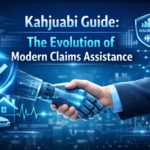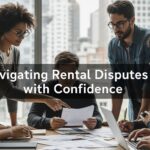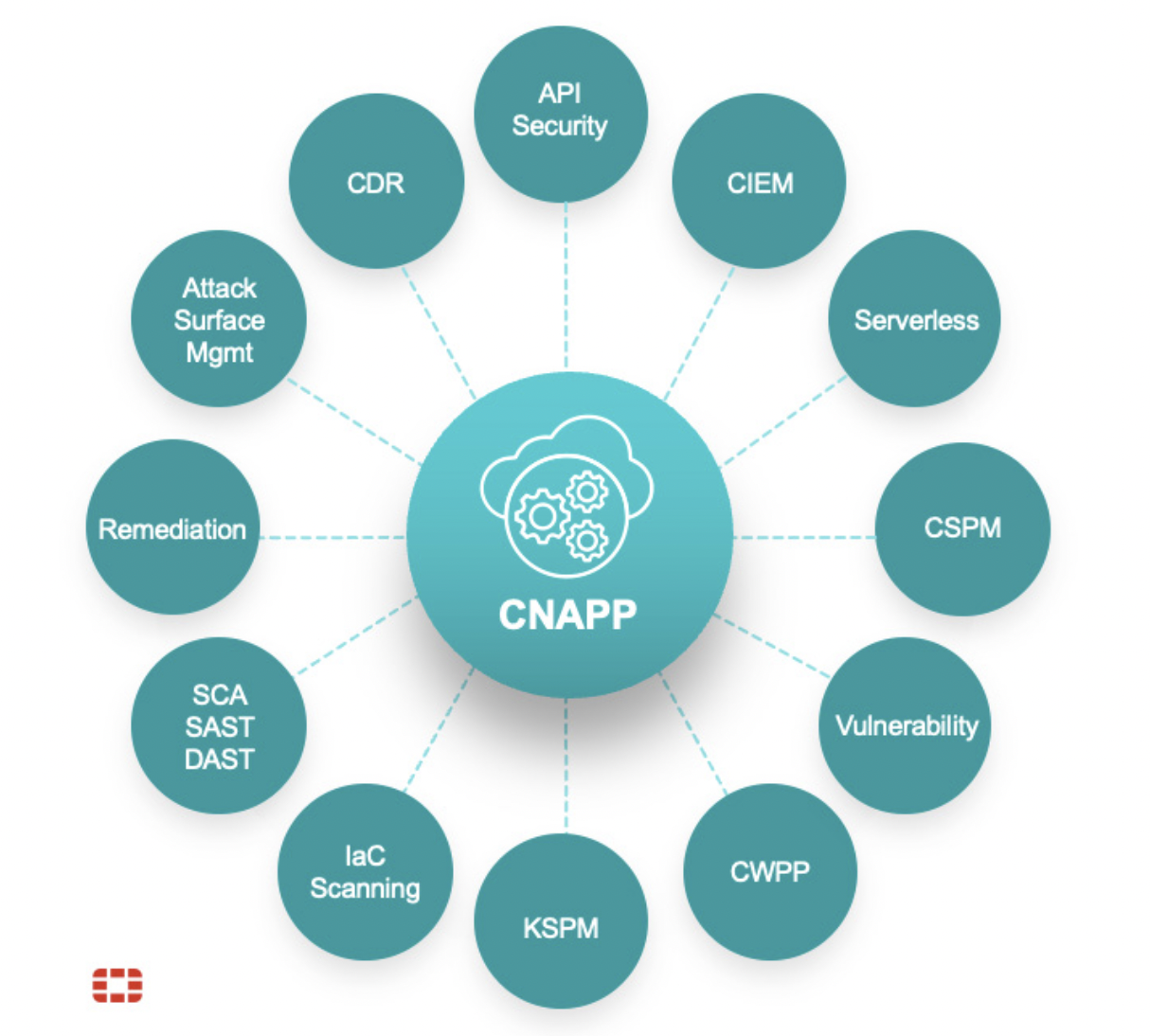Scott Andrew and I met up this March near his home in Pittsburgh’s Squirrel Hill. Scott is a multimedia artist, whose solo work dances across immersive videos, installations, sculptures, and performances to “evoke a childlike yearning for play.” Scott is also a primary collaborator and co-founder of the Institute for New Feeling, “a research clinic committed to the development of new ways of feeling, and ways of feeling new… offer[ing] a rotating menu of wellness treatments, therapies and retreats.” Over coffee, Scott generously shared some of the in’s and out’s of his artist practice and how he came to see himself as an artist. In this interview, Scott walks us through several components of his professional community, from his experiences in the Pittsburgh Flight School last year to those in collaborative art making with individuals living across the country.
Currently, Scott is in New York City as an Artist in Residence at Recess, an artist workplace presenting ambitious process-focused projects embracing experimentation to the public. Scott and his collective have used this past month to prepare for offering the Institute for New Feeling’s newest available treatment, seek: clairvoyant readings generated by the misuse of internet search engines. Individuals schedule a private fifteen minute one-on-one with specialists who guide them through a series of evaluations, facilitated by Google search, to generate a personalized “psychic/medical reading” from a modern day oracle. Receive assistance in “answering the unanswerable” this June: book your session now.
The opening reception for seek is Thursday June 4th, from 6-8pm at Recess, 41 Grand Street, New York, NY.
Gallery Open Hours – Tues, Wed 12-6pm
Seek Sessions – Thurs 4th 2-8pm, Fri 5th & Sat 6th12-6pm
Scott Andrew is half crystal, half human. He is a multimedia artist, whose immersive videos, installations, sculptures, and performances evoke a childlike yearning for play. The absurd encounters that Scott manifests embrace the spectacle with an affinity for maximalism; over-stimulating viewers through an excessive selection of materials, and media. More is always more.
Methods of assemblage that pull from drag aesthetics are integral to Scott’s character-driven solo work. Discarded thrift store kitsch finds an opulent new life through a re-imagining of its usefulness and worth. The work exposes camp’s attack of the present via the detritus of the past, and the ubiquitous nature of excess in society.
Why were you inclined to participate in the Pittsburgh Flight School?
I had just finished my MFA and was trying to get some clarity about what I was going to do next and at the time I was adjuncting at a Catholic school outside the city. That was a really good experience. I was really interested in meeting people outside of my program because my program was small and intensive and I felt like I was really in that bubble and there was so much more going on in the city at large that I wasn’t really tapping into. So that was probably the best thing that I got: the people that I met. Alisha Wormsley and I didn’t know each other at all and now we’ve been doing projects together, so that was one of the greatest things about it.
That’s awesome so you guys are actually collaborating on some work?
Yeah, we did a collaboration back in September-October 2014. I have a group called The Drift and we do projects on the river, and Alisha for the past few years has been working on a project called afronaut(a) that’s a video screening series and one of our projects was doing screenings along the river under the bridges, so it made a lot of sense for us to get together on that. So we both gathered content–it was more a curatorial project in a way–so we’ve done that together. And also, she and I are teaching the same class, right now we have different sections, and we help each other to get opportunities.
That’s a helpful ally to have. So I imagine different people in the program got different things out of it. With that in mind, who would you recommend the program to?
The mission is really geared to helping artists trying to be more business savvy, so it’s geared toward an emerging artist, during a time right out of undergrad, right out of grad. I think there are a lot of different reasons that bring people there, but usually it’s to figure out a way to get out to a broader audience and expand the way that you’re working in the world. I liked that it was such a broad range of age and race in particular and such a huge mashup of what the city has to offer. I think they try to choose a group that is really diverse and will help in some ways, like I’m helping the mentors and the people who are younger than me, and people are offering up ideas to me that I would never think of. That’s one of the things that’s really exciting about it.
Yeah, that sounds awesome. So this is about a year later, a little bit less than a year–do you feel like your artist self or your practice is different or changed or impacted by it nine months, ten months later?
I’m maybe more open to reaching out a little further than I have in the past. On some projects, I’ve been trying to make more relationships with the city and trying to build relationships better that I maybe didn’t really do in the past. And there are things that I’ve been seeing come back around, I’ve been getting more opportunities, I’d say on some level that’s directly related to what I got out of the Flight School program. A lot of it is confidence building. It’s hard to quantify a direct through line from there to here, but one of the things I will say is I’ve tended to reach out to people who I met there.
I feel like we’re all good at helping each other in a way. A lot of these people are planning on being here at least for a while, whereas a lot of my grad cohorts are gone, and we still work together, but we’re all over the place. So it’s nice to have a base of people here that you can tap into for critical dialogue if you need it, things like that. But I was really scared of that after grad school. I need this feedback and where am I going to get it? I had to build that for myself now.
So what does your artist community look like?
I think it’s really stratified and fragmented in a way. So I have local collaborations, like The Drift, where I work with one other artist, Steve Gurysh. I also work with two other grads from my grad program, Nina Sarnelle, she did the flight school the year before me, and Agnes Bolt, they’re both out of LA, so we have a project called the Institute for New Feeling and we do experiential projects that are pooling from the world of health and wellness but it’s more of an arts context. We’ve been working remotely, doing Skype meetings every week, we’ve been trying to do different residencies to have time just to be together. We were wanting to branch out and get a lot of new people involved in our project and we identified this list of artists that we really wanted to be working with in some capacity so we developed this project called The Felt Book, a new collaborative publication featuring a collection of home remedies created by 60+ artists. It is inspired by the structure of Fluxus scores, YouTube tutorials and eHow articles. Each artist is asked to take on the IfNf mission statement: to explore “new ways of feeling, and ways of feeling new.”
We’re doing a weekly e-blast featuring a different artist every week and we have this physical show at the same time that has around thirty artists represented in it. It’s a smaller subsection of the group at large, but it’s going to culminate with an e-book. It’s similar to a Fluxus book or e-how, a combination of at-home remedies. So that has artists all over the country. There’s a few international artists.
How do you think living in Pittsburgh affects your artist practice?
It’s really affordable to live here, it’s comfortable. I’ve been here for a while, I don’t know that I’m going to be here forever, but I do like it here and I think the one downside is if you’re trying to be a part of a more traditional gallery track sort of world, you’re not really going to make those connections here unless you get out of here for a while. I’m not necessarily looking for that per say, I would entertain the idea if it came my way, but a lot of what I’m doing is in non-traditional spaces.
I think there’s a disproportionate number of artists and art-supporters here. Pittsburgh was more logistically in the world at the turn of the last century, there’s a lot of old money here, a lot of foundations that are supporting artists, almost every project that I’ve done in the past years has been funded, if not fully than at least partially funded, and I don’t know that I could say that living most other places. It’s a lot of support.
That sounds huge. So, more about your artist practice. I’m personally fascinated because I’ve only recently committed to being an artist so I’m curious about what does it even mean? I know being an artist looks really different for every person. So, what would you say is a week in the life of you? Are there patterns that are definitely true each week in your artist practice?
The only really regimented thing about my weeks are my teaching schedule. But my working practice is really nebulous. I don’t have a studio right now, I work out of my house. I work in a lot of different mediums. So I guess really most of my time is either editing video or doing more administrative work, like applying to grants and residencies and show opportunities, and we’re doing a lot of work trying to suss out how to make projects happen working with the city.
We just received funding for a project from a conference called Open Engagement. It’s mostly related to social practice work, last year it was at the Queens Museum, but this year it was held here. We’re created a project to have a series of vortexes created through performances, the main one being a boat spinning at the confluence of the three rivers. Which sounds sort of simplistic, but has actually been pretty complicated to figure out how to get permits for this, can I actually legally do this, because I have permission from the conference but I have to make sure that I can navigate all of that with the city. So I would say a lot of my time–more so than I would like–has become administrative in that way.
Coordinating logistical stuff. Well that’s probably just one of the truths about making work that exists outside of traditional galleries, you’re inventing it as you go, so those are all curveballs that just come up. I don’t know if this would be helpful, but I just learned something ridiculous about Seattle, which is that someone created a business for renting a hot tub dingy–have you seen these? So I don’t know if any of the logistical things would be similar. There’s still a human in the boat, but it’s not someone who is trained and it’s not even their boat. I’m curious about how you realized or noticed that you were an artist. How did that happen?
I’ve been making things since I was at least middle school aged. I started out more so in music. And did some theater and there’s this thing called “Odyssey of the Mind,” it’s for K-12 but it’s a creative problem solving, teen-oriented thing that’s probably the most related in some ways to where my career went. Because a lot of it is–and they don’t frame it this way–it’s more in the realm of performance art, I just didn’t know what that meant at the time. [laughs] So all that kind of stuff.
For my undergrad I studied music, and then I was into bookmaking and graphic design, and I didn’t really know anything about the art world very much at all, but through that I ended up taking some video courses and I found that that was what I most latched onto. I just really enjoyed working with that medium. So that’s what I worked with for most of the time until grad school, because I really like video as a medium because I can pull in my interest in music, but I can also pull in poetry and performance. But I didn’t gain a lot of confidence doing public performance until a little bit later, I guess right before going to grad school I started doing a few more things like that, and then I built on more while in school.
So all of my solo work has become more performance based, costume-making, pulling from the world of drag. That’s my solo practice. I have these sort of compartments of my different collaborations. My collaborations look nothing like my solo work. So it’s been interesting to branch out in those ways and those are things that wouldn’t happen other than through meeting the kinds of people I happen to meet, the conversations that happened in grad school that I would have never anticipated.
Well it sounds like you knew from pretty young that you were a creator of stuff.
I guess I didn’t know for sure how to make it a career. And I don’t know for sure if I still entirely do. [laughs]
Well, I mean, does anybody? [laughs] So, do you have a favorite number of projects to work on at once? How many projects are you working on? What have you learned about your preferences and the difference between working on a few versus working on many? Pro’s? Con’s?
I think that what I would ideally most enjoy would be working on one project at a time. But in actuality, I’m probably working on like 6 or 7 projects at a time. And a lot of it goes back to the administration conversations, having to plan things several months out. Right now I’m working heavily on the projects that I have mentioned, in addition to a couple smaller opportunities coming up–I have a lot of previous work that I’m able to reinvent, so a lot of times smaller projects can be one off’s in a way, just to keep active. So there’s that happening.
My collective is going to be doing a new residency at Recess in New York in May and June so we’re going to have a much larger scale interactive project that I’m working on for that coming up. Then I also work with Trans-Q Television, it’s a project that started out at CMU with students who all worked with my main advisor, Suzie Silver, and that’s all a project that focuses on the work of trans and queer artists. So we’re editing–that’s why I say, half of my time I spend editing, working on projects there that I’ve done with drag queens and poets.
I thrive on having a lot going on, but sometimes it can start to be really overwhelming, especially when someone wants me to do something super last minute. Like right now, I’m trying to work on figuring out–we were approached to do a performance on April 2nd, and that’s two weeks out, but it stresses the shit out of me. So it’s trying to figure out, okay, is there something I have that I can rework? Do I need to turn down an opportunity and making a new connection? That’s one of the criticisms that I’ve received, learning to say no, and I still haven’t quite gotten the grasp of it. [laughs]
It’s hard especially when the things are cool sounding.
Going back to Flight School for a second, Jackie Bettingfield, who is one of the Creative Capital women who came and worked with us, and one of the things that she really drilled into our heads is to protect our studio time, to be more diligent about scheduling. Which I think is really a hard thing for artistically minded people to do, to hyper manage our time, and she’s coming from a business perspective. So I’m always trying to balance, is that actually relevant to my practice or not? And I think it probably is. But I haven’t just struck quite the right balance yet.
Do you find that you intentionally feed yourself or consume certain things to help yourself produce? Whether that’s other people’s art or sound or silence or actual food, is there anything that you’re finding you’re feeding yourself that’s useful?
I have a four channel video piece there [at Pittsburgh Center for the Arts] and some sculptural elements, that’s one of the larger solo pieces I’ve been working on for the past four months or so. I’m going to do an artist talk over there. A lot of it is really experiential, so going there would be better than anything I could tell you.Have there been any recent surprises?
So that vortex project, we didn’t send off any of the work, we didn’t edit the project we had applied for, and they came back to us, and were like, oh well, actually we will give much more money. So now, it’s a little bit later in the game and we’re scrambling to make it work. There are more surprises in that project, we wanted to have a dancer be one of the vortexes, and I had a random conversation with one of my students who was like, I’m dancing at Cheerleaders now, and I was like, yes, let’s work together. So it’s these things that mysteriously emerge and are sometimes added in. [laughs]The cosmic wild cards. [laughs] Well that’s exciting. So, I wrote down phrases from your artist statement that I thought were interesting snippets. So one of the ones I wrote down that you say you create “absurd encounters,” what does that mean to you?
It’s not that I don’t take my work seriously but I do really like things to be playful and to have a sense of humor even if it starts to ride under the surface against it. The stuff that I do in the Institute for New Feeling, the humor isn’t always super apparent but I think that it’s there, it’s a critique of society that does have an absurd approach to it.Whereas some of my work is blatantly succinct in the way that I like it to be silly and absurd, creating these characters that make you laugh and that are fun to play around with. Wanting to allow an audience to be in on the joke, not that it’s coming from a really critical place all the time, but I get frustrated with work that’s a little too serious. I feel like the world’s hard enough for me to deal with, I’d rather my work be a bit of an escape–I know there’s a negative connotation with “escapism,” but I’ve changed the way I talk about it over time. It’s a place for me to be in touch and interact with people that’s maybe a little more child-sighted, and coming from that world of play.
Thanks so much, Scott.










